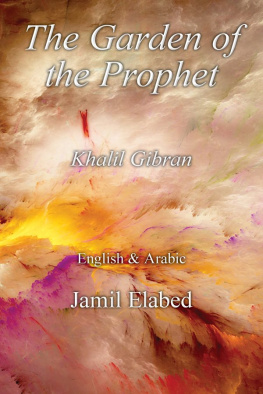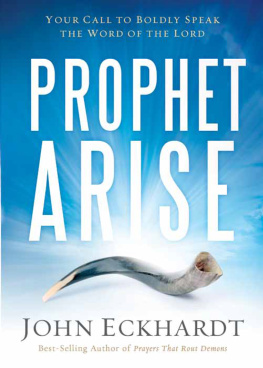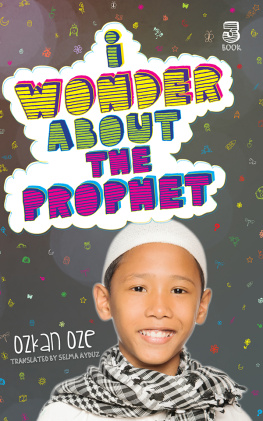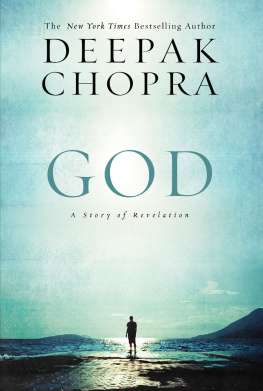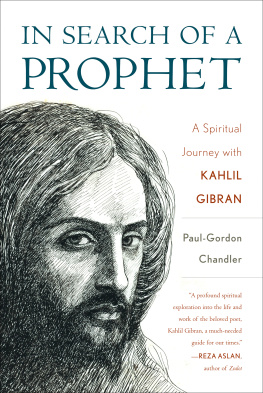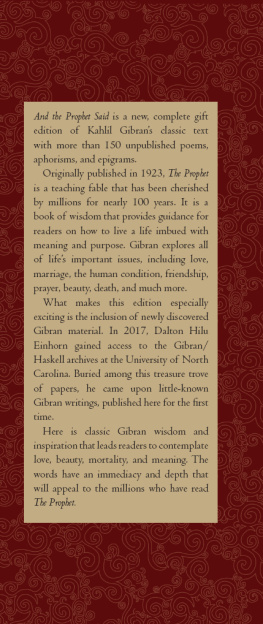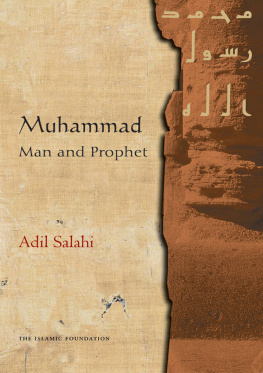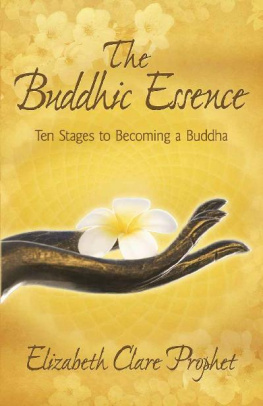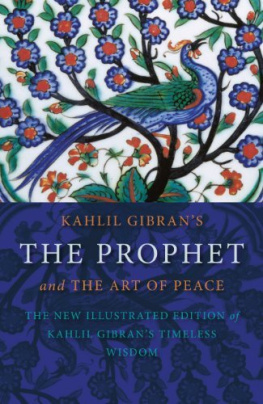The Garden of the Prophet
Khalil Gibran
English & Arabic
Jamil Elabed
The Garden of the Prophet
Khalil Gibran
English & Arabic
Jamil Elabed
The Garden of the Prophet, English & Arabic, All rights reserved Jamil Elabed
2020 (first edition), London, United Kingdom
The right of Jamil Elabed to be identified as the author of this translation has been asserted by him in accordance with the Copyright, Designs and Patents Act 1988. The print publication is protected by copyright. Prior to any prohibited reproduction, storage in a retrieval system, distribution or transmission in any form or by any means, electronic, mechanical, recording or otherwise, permission should be obtained from the translator and/or the publisher.
The ePublication is protected by copyright and must not be copied, reproduced, transferred, distributed, leased, licensed or publicly performed or used in any way except as specifically permitted in writing by the translator and or the publishers, as allowed under the terms and conditions under which it was purchased, or as strictly permitted by applicable copyright law. Any unauthorised distribution or use of this translation of Khalil Gibrans The Garden of the Prophet by Jamil Elabed may be a direct infringement of the authors and the publishers rights and those responsible may be liable in law accordingly.
ISBN: 978-0-9928995-5-4 (Paperback)
978-0-9928995-6-1 (Hardback)
978-0-9928995-7-8 (ePub)
A catalogue record of the print edition is available from the British Library.
Cover image: Courtesy of Tursunbaev Ruslan.
Cover design: Courtesy of Samantha Pearce.
Jamil Elabed is a Syrian-British translator. In 1994, he worked as a broadcast journalist in the Arabic branch of the BBC World Service. In 1998, he published the first edition of his translation of Gibrans The Prophet. He won the EU Creative Translation Award followed by the British University of East Anglias Translation Residency Grant. He has been a full member of the Institute of Translation and Interpreting (ITI) since 2000. Jamil taught Translation and Interpreting at Leeds University while freelancing as a professional conference interpreter.
Preface
We see so little of Nature beyond the exterior, yet we never tire of employing our imagination to attempt to pierce through it; to probe the fathomless emptiness and discern the unseen.
Poetry, music, art and other spiritual and intellectual endeavours, such as contemplation and visualisation, are but some of mans abstract vessels for roaming the distances between the earth and the heavens in search of the beginnings. Through these cosmic lenses, we hope to reveal a glimpse of that which encompasses the great silence that may appear utterly vague and inaccessibly remote, yet at the same time feels oh so very close.
Seeking the truth is a calling. It is not some kind of psychological or spiritual craving, but an existential need that flows like the blood in human veins, hence mans innate sense of curiosity.
The secret, or the truth, is in the beginnings; in the infinite emptiness from where everything came. The severing of the attachment between man and Nature from the moment man is born remains a gaping hole in his subconscious. All the peace and melodious harmony he had been enjoying in the womb the shell that enclosed his burgeoning understanding are lost the moment that the umbilical cord is cut, and what follows is an unconscious craving for the beginning, for the very first bond with Nature, which was all peace and harmony; an unbreakable existential bond. That craving takes the form of sparking curiosity, mans undying lust for knowledge; the first knowledge, back when knowledge was soul, for the mind is but a tool, just like imagination is a tool that Nature designed for man to navigate through the First Day of life, to serve man in his or her existential detachment.
However, that very first knowledge is fingerprinted on the walls of mans heart. It never ceases to inspire him. It is the far and the near, the out and the in; the quantum that is everything. For Nature, which created man, never abandons him. She is the realm of all realms. She knows no boundaries. She is Mother.
Reunion with Nature is mans greatest insurmountable urge, which manifests itself through dreams and art more than in anything else. All there is tells us of all there is, albeit vaguely, while we passionately yearn for our timeless attachment.
Every womb came from a greater womb. Even the infinite emptiness from which all came is but a womb. Mans sense of things has roots. Those roots were the beginning. The womb that furnished man with sense and intellect was the first womb. The womb that gave man the body is only the Sperm Womb, the second womb; the life-developed womb where mans ethereal quantum is now safely housed.
Mans detachment at birth is akin to his exodus from the infinite emptiness of heaven. It set him on route to explore the wonders and miracles of being, and to baptise him into the House of God, the womb of all wombs; the sepulchre of holiness; the ultimate rising.
The infinite emptiness surrounds us like the midday sun. While we feel and think of the vast distance now separating us from the truth, we are still surrounded by her; she is in the silent knowledge of our heart. Exploring the truth in mans fathomless depths is an exercise in ecstasy and joy, for it is the ultimate journey towards the Big Reunion.
The Prophet and The Garden of the Prophet are two stations on the same voyage; the inevitable pilgrimage to the holy mountain, like the cloud in dark skies journeying to the light of day.
Man came from the mist and is apt to return to the mist. That is what The Garden of the Prophet is about.
Jamil Elabed
Gibrans English Text Finds Its Legitimate Arabic
Counterpart at Last
By Professor Boutros Al-Hallaq
Teacher of Contemporary Arabic Literature,
Sorbonne University, Paris, France
While reading Jamil Elabeds translation, I was struck by the realisation that there is a missing link between Gibrans two sides: Gibran the writer in Arabic and Gibran the writer in English. This came following a long-lasting schizophrenia that made the author of The Prophet a sovereign persona within Gibrans mind, through which alone his genius was manifest, as a result of the injustice done to the first side and the curtailment and distortion of the second.
Jamil has not translated so much as discovered what went on in Gibrans thoughts, as the latter constructed his work in a language not his own. He has striven to give voice to Gibrans freewheeling heartbeats in his mother tongue, and he has done so with palpable spontaneity in an English text that, like the act of translating itself, is expected to fall short of capturing the full extent of the intrinsic ingenuity that the man from Mount Lebanon possessed.
It is clear that Jamil has called upon his extensive experience and then poured it into Gibrans mother tongue, which he himself fully masters in all its aspects and details. I dare say he crafted it; that is to say, he fashioned it in such a way that the full range of meaning has been conveyed in exactly the way that Gibran envisioned at the time (yes, at that very time). However, Jamil has not frozen Gibrans Arabic-language writing style in its original dated mould, but has rather refashioned it into an enhanced, yet still utterly Gibranic, modern form. This version has been enriched by so many years of creative input and contemplation, but still it remains faithful to Gibrans matchless singular vision. The distinct style of Gibran in his forties is very much in evidence here, and yet there are also obvious differences, as though the text has ripened with age. The themes that permeate his Arabic compositions are all present, with Jamils choice of words perfectly reflecting those of Gibran wherever author and translator intersect.

